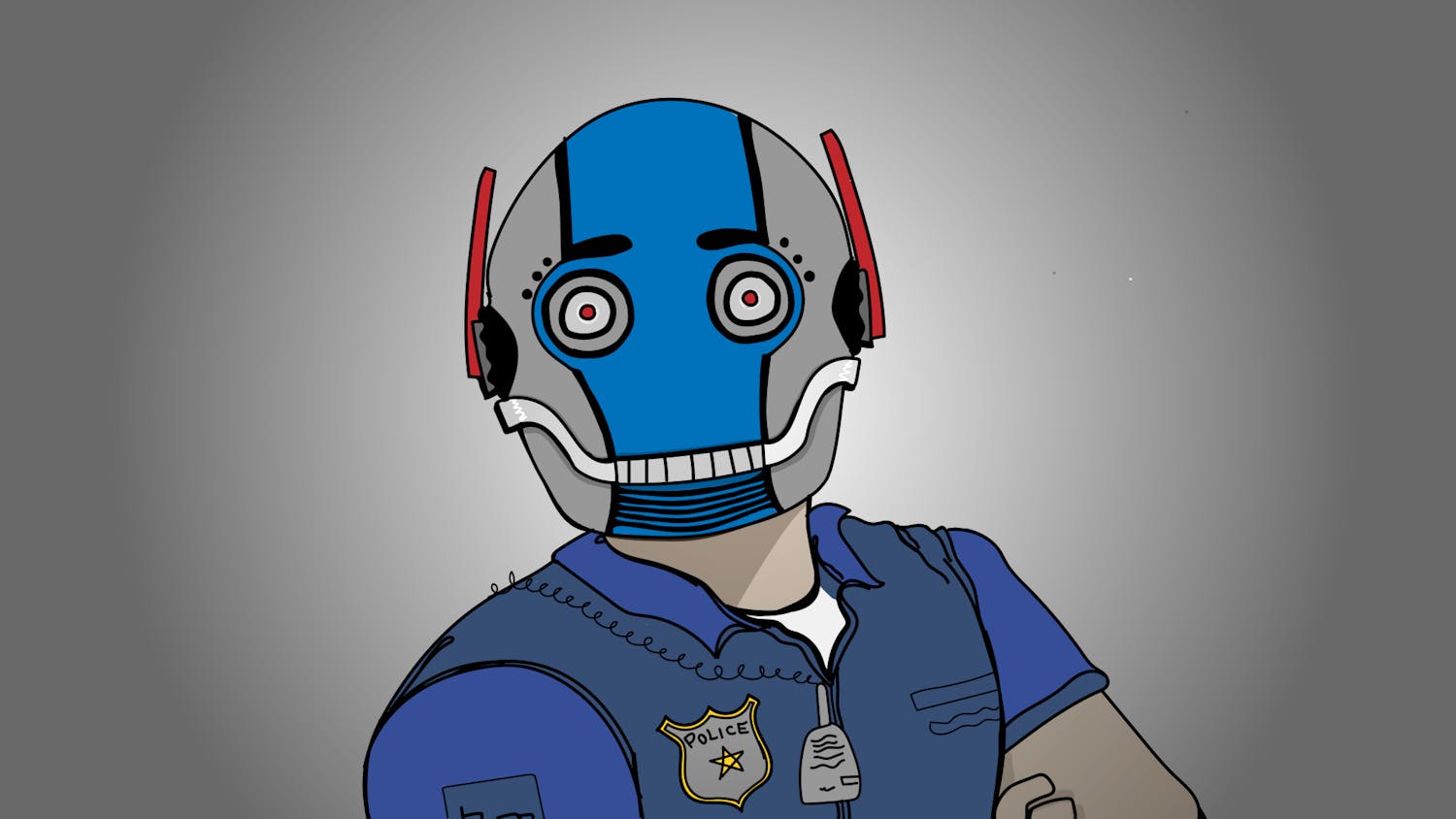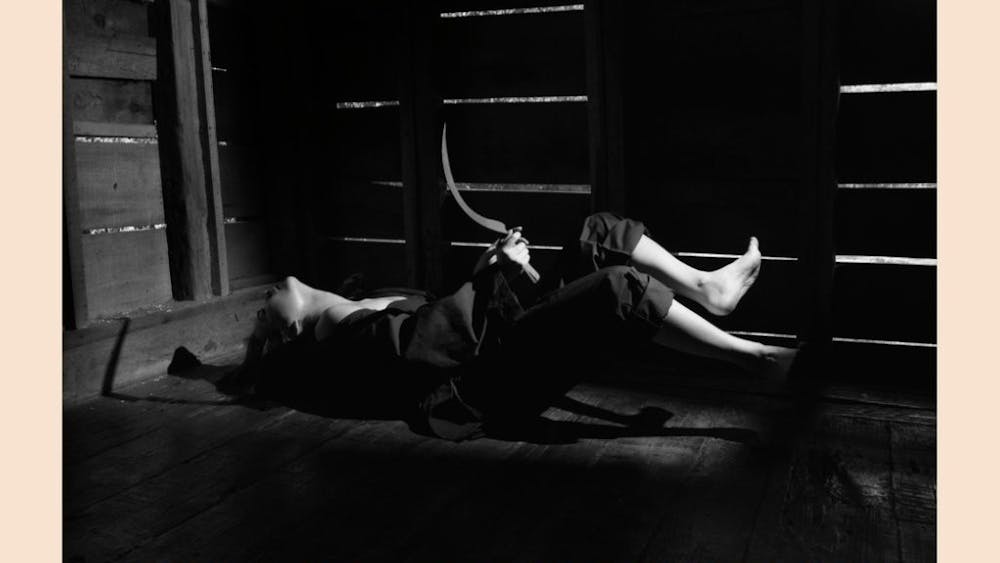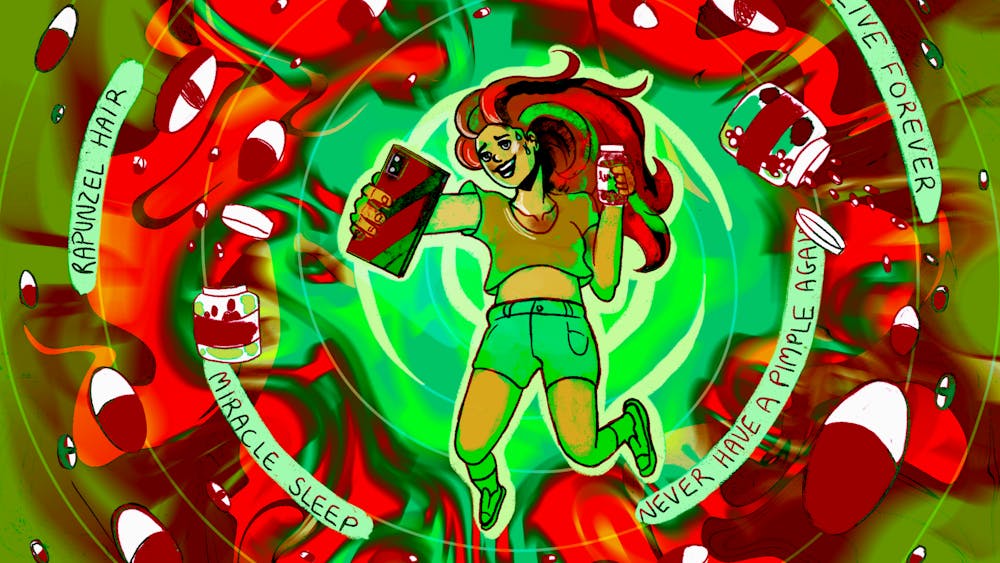A drink on the house? A little techno music for you and the lady? Spring breakers you say? Lookin’ for a good time? Well maybe we can help you out. Come on, you’re at a rave aren’t you? How about a little X?\nThe above might be an exchange spring breakers will encounter next week as they travel the world over looking for some fun, irresponsible and downright danger. Sounds exciting, huh?\nBut ecstasy use during rave events has been revealed as a serious problem facing spring breakers. A 2005 Monitoring the Future report cited on the U.S. Drug Enforcement Administration Web site found that 5.4 percent of 12th graders reported lifetime use of the drug (a number that is actually down from 2004), whose scientific name is methylenedioxymethamphetamine. \nSpecific legislation has been enacted to fight the apparent epidemic of drug trafficking in rave clubs throughout the nation. The 2003 Illicit Drug Anti-proliferation Act, drafted by Delaware Sen. Joseph Biden, was created to fight the ability of rave owners to use their property in order to promote the sale and exchange of ecstasy and other narcotics on their premises. \nHowever, many rave-goers interpreted the government’s measures against rave owners as an attack on techno music and culture. This claim is substantiated by the 2001 court case brought against executives of Panama City Beach’s Club La Vela (widely advertised as the largest dance club in the nation) which resulted in an acquittal.\nBut the perception that the government’s policy is an attack on techno music and its resultant lifestyle fails to hold water when reviewing the evidence. For example, while the executives Patrick and Thorsten Pfeffer were found not guilty of drug trafficking at Club La Vela, those testifying against them in the trial included several club employees that had been caught dealing ecstasy while on the job. The enactment of this legislation is an attempt at lowering drug use, which has been a priority since 2003, according to statistics provided by the National Institute of Drug Abuse.\nThe unfortunate result of such measures being necessary is its negative effect on the dance culture that has largely manifested itself as a way for adolescents to let off steam. The loss or reduction of this atmosphere is a sacrifice that is unwanted and hopefully can be rendered unwarranted. \nThe use of narcotics on the club scene might in fact enhance the sense of euphoria, but its consequences are dire both for the user and those wishing to continue attending rave events. For users, increase in heart rate, muscle tension, uncontrollable teeth clenching and nausea are some of the detriments associated with ecstasy use. The detriment for those who want to go to raves without use of illegal drugs? That they might be stopped from fully enjoying their own self-induced euphoria. So grab some tequila and some salt, make sure the worm is dead, have a few shots and a euphoric spring break – possibly in one of Club La Vela’s 14 theme rooms. But leave that little blue pill at home.
Generation X
Get stories like this in your inbox
Subscribe





